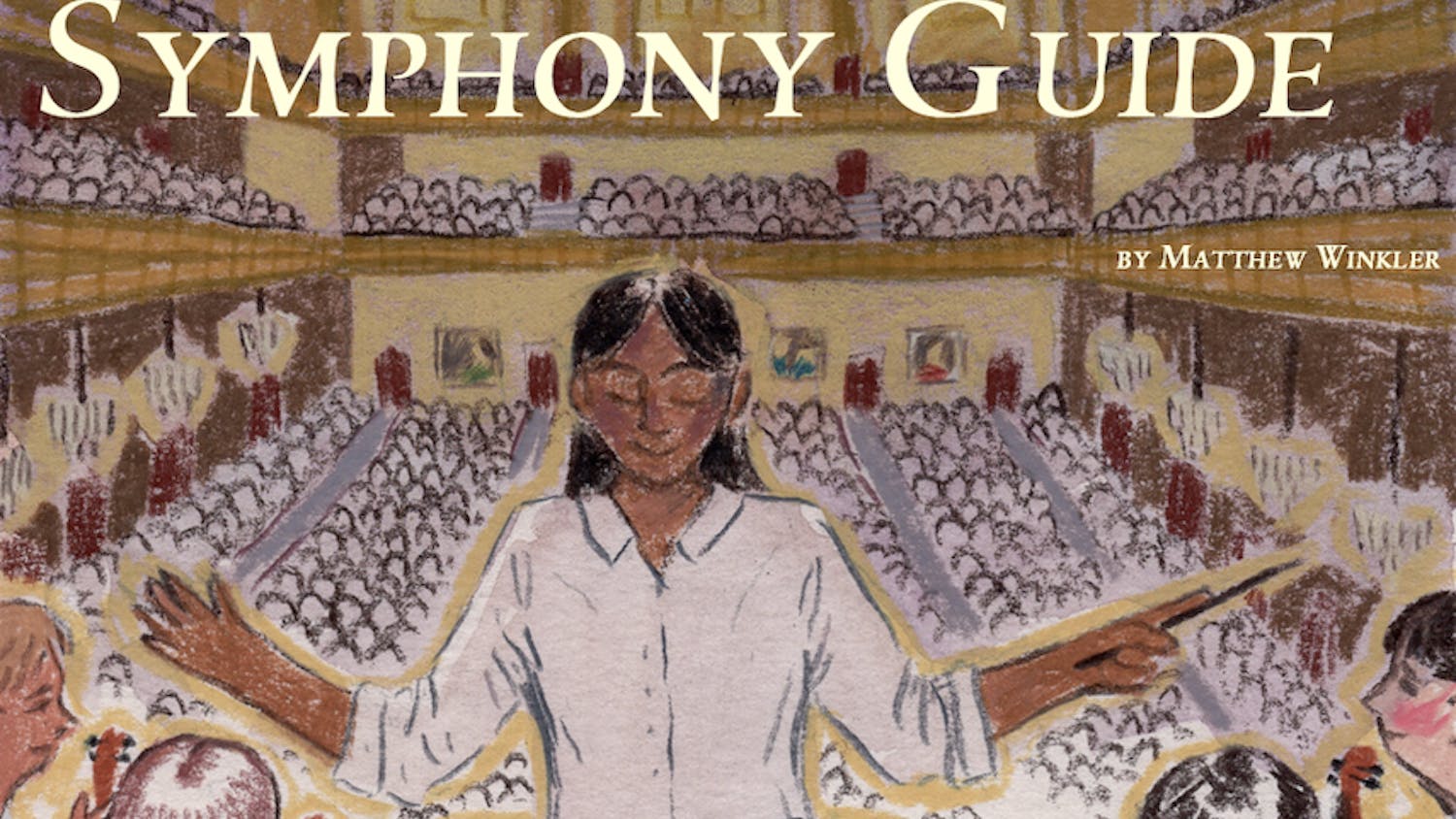The Tufts Institute of the Environment (TIE) released the first installment of a new environmental storytelling initiative last week, entitled "Chixoy: The Story of a Dam".
The project uses a fictitious personal blog to highlight the research of former TIE Fellow Noah Cohen-Cline (F '13), which looks at the impact of Guatemala's largest hydroelectric power dam on indigenous communities, according to the initiative's website.
The blog's story examines the effects of the Chixoy Dam on fictional Mayan woman Maria Eme Yix Ulak, who struggles with her cultural identity after construction on the dam begins in 1976, the website said.
Online Education Strategist and Fletcher student Panagiota Kaltsa developed the initial idea for the project in an effort to make Cohen-Cline's research more accessible. She modelled it after a similar Facebook-based storytelling project that follows the life of a soldier in World War II, she told the Daily in an email.
"Storytelling is a tool that can complement academic research and promote it in a comprehensive way for wider audiences," Kaltsa said. "Open access and simple interface can and should apply in learning methods."
According to Kaltsa, TIE considered the work of numerous fellows but ultimately selected Cohen-Cline's research to be the basis of the project.
"We had two main criteria to identify the right project: one, to be relevant to current environmental issues, and two, to have a strong social element that would facilitate the story flow." Kaltsa said. "[Cohen-Cline]'s research ... met both criteria. His research highlights the impact of dam construction on nature as well as culture."
According to Cohen-Cline, his research is unique because of its focus on culture and language, aspects of development that he thinks are often overlooked.
"Quite a bit of research [has been done] into the environmental and social impact of dams and the economic impact ... but the cultural impact is not something we usually try to measure, and really something we don't talk about very much," he said.
According to Cohen-Cline, this cultural impact is particularly significant on indigenous and poorer communities, which often go unnoticed.
"When [dams] do displace people, the disparities are so stark - the costs are imposed on an often very poor and marginalized community that lives along the river and utilizes its resources for survival and way of life," Cohen-Cline told the Daily in an email. "The benefits are delivered to better-off city-dwellers and industries a long distance away in the form of electricity... That electricity is essential for the long-term development of poor countries, and indeed electrification of poor households has immediate positive impacts on well-being."
He expressed excitement that this research is being used with the new project.
"I think the concept is a great one," he said. "An effort like this is laudable, and I'm excited that they decided to use my work to pilot this effort."
The project development process entailed months of research and planning. New installments will be released three times a week, according to Denise Chin, a graduate research assistant at TIE.
TIE undergraduate intern Katie Miller explained her appreciation for the fresh approach to the research presentation.
"I think being at Tufts, we kind of ... get inundated with research all the time, so to take a more creative look at research was really exciting," Miller, a senior, said. "Producing a character with a face and a name that you can really sink your teeth into ... makes research much more appealing to a wider audience. Everyone loves a good story."
Kaltsa said she hopes this research project will be a model for future work.
"We hope to create a new standard for academic research," Kaltsa said. "Upon the completion of this story, our goal is to continue working on more TIE-funded research projects, as we think this to be an excellent opportunity for young researchers ... to make their work accessible and their voice heard."





